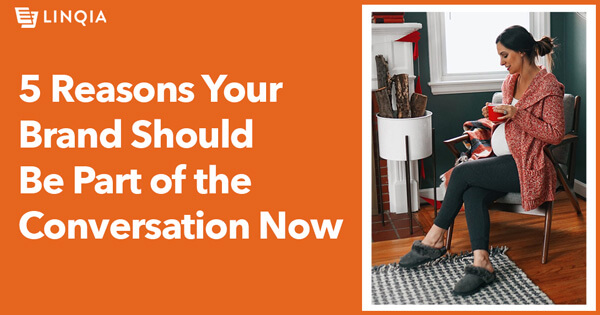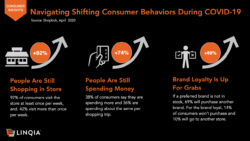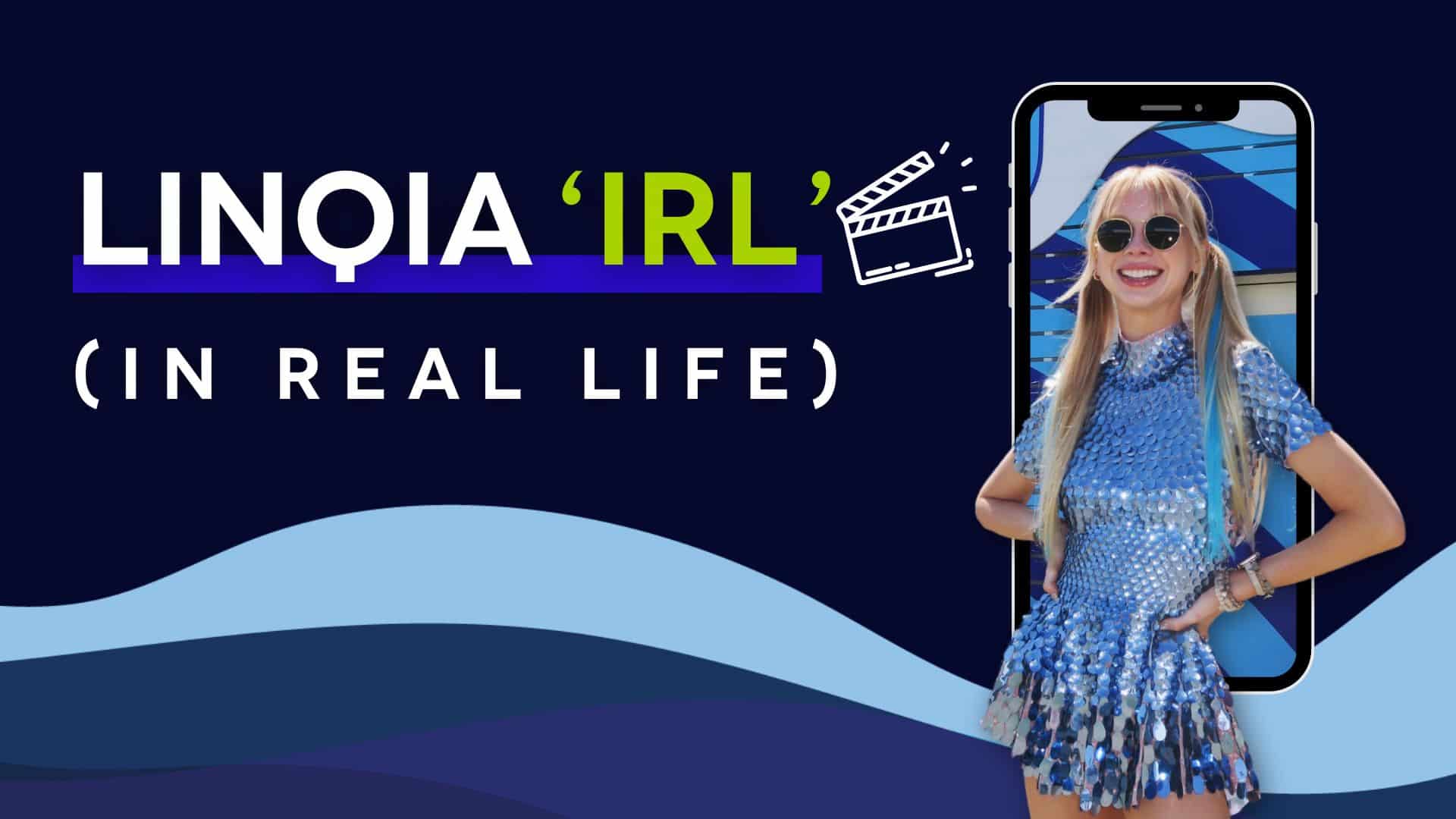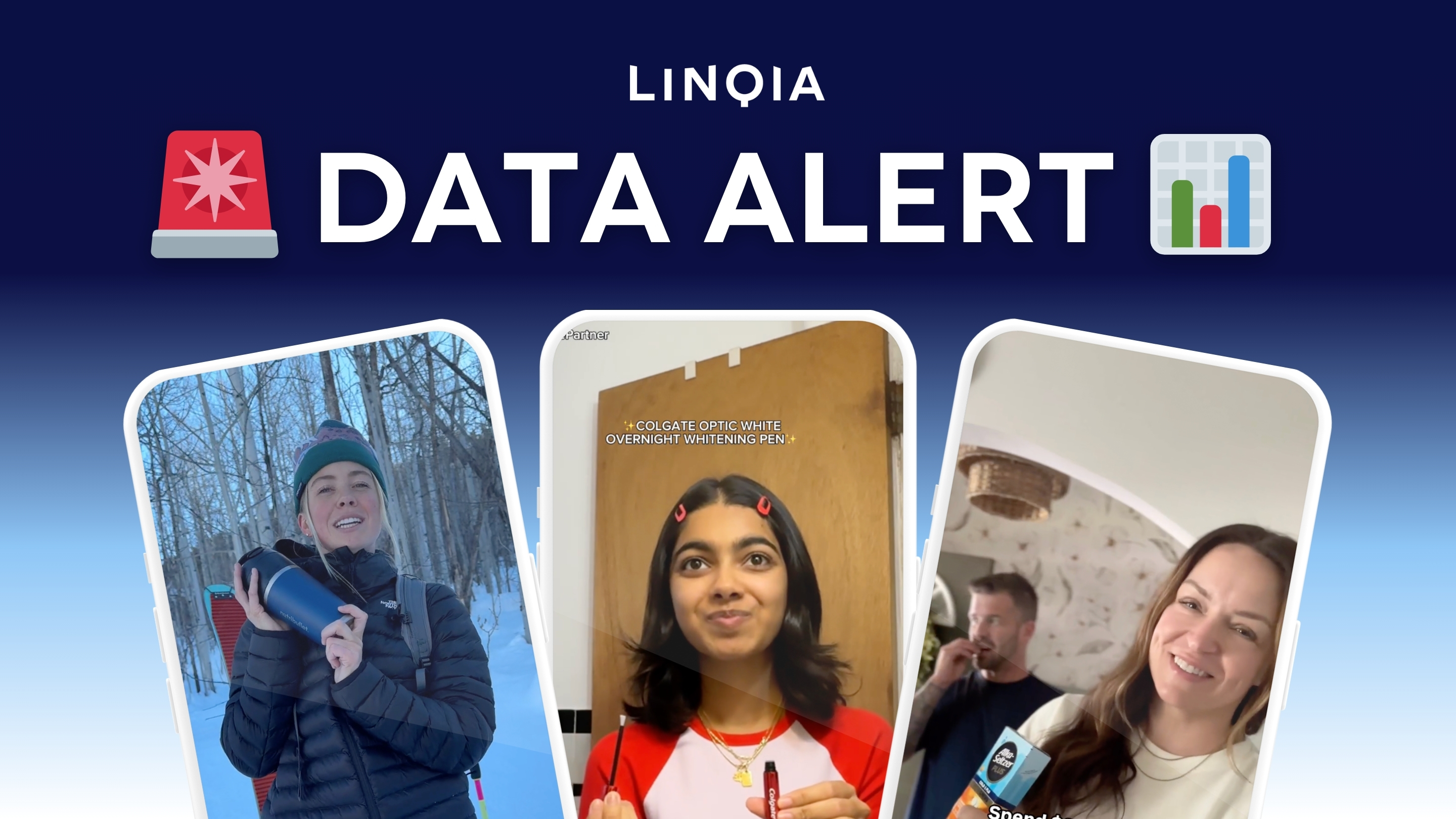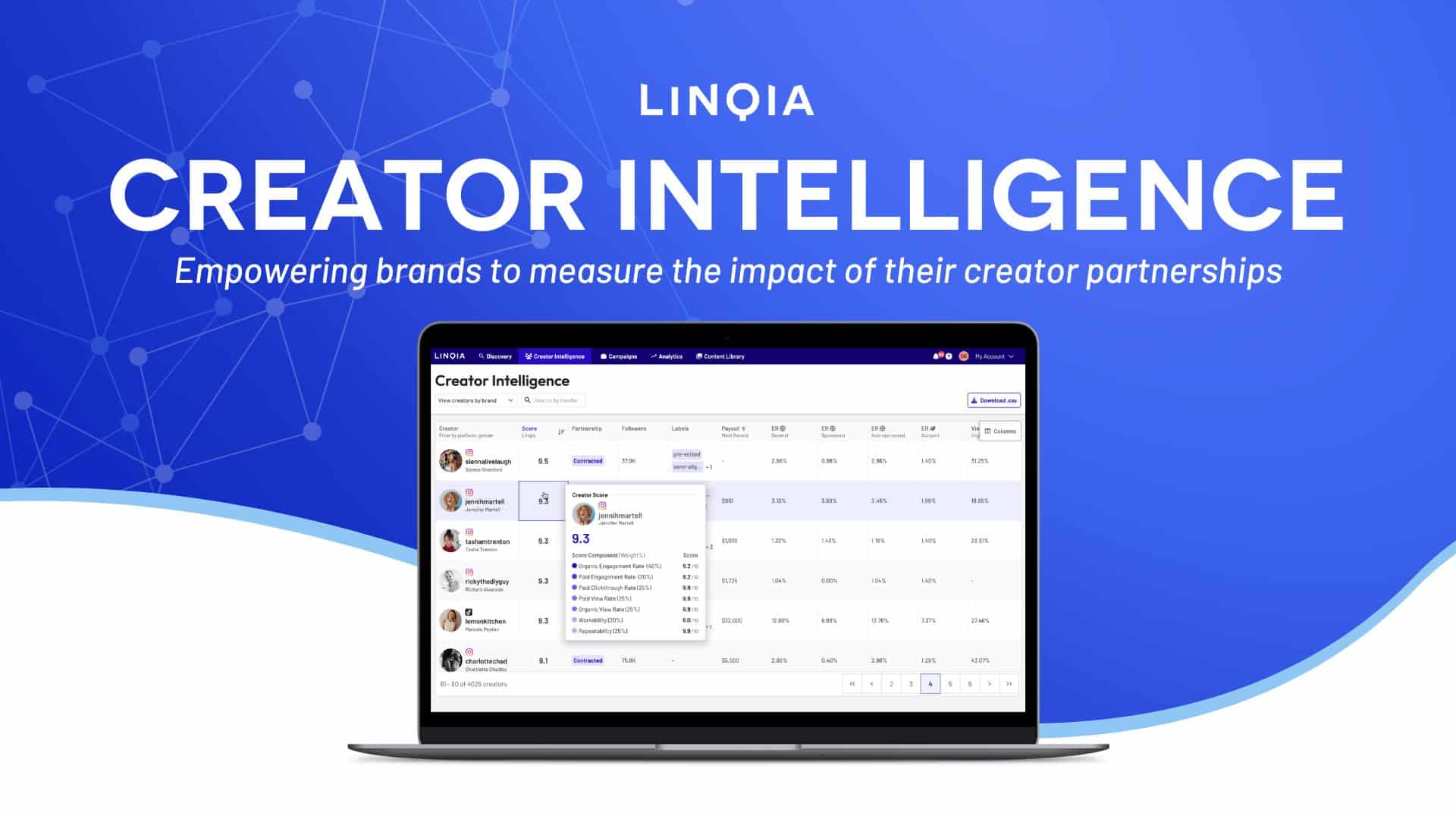In this time of uncertainty, brands are scrambling to decide where to spend marketing dollars, when to activate campaigns, and if they should be marketing at all. This is understandable given the circumstances, so it’s important to step back and look at the current trends to evaluate how and whether to market now. We looked at the data and found that it’s still important to be marketing right now to continue to stay top of mind during this ever-changing time, but the most important factor is how you’re marketing to strengthen relationships with consumers.
#1 Slowing Down Will Make It Harder to Bounce Back
Lessons Learned from the 2008 Recession
Some marketers believe it’s better to completely stop or slow down their current ad spend. But just like when you’re driving and you slow down or stop the car, it takes longer to get back up to 100 MPH. If you slow down your advertising efforts, it will be even harder to get back to where you are now.
Some marketers saw this first hand during the 2008 recession. In fact, in a recent Ad Age webinar, Ted Prince from Neustar said, “In 2008 a lot of people turned off marketing and had trouble getting it back up and started. Our clients right now are not looking to turn off marketing, they’re looking to be strategic and allocate it to the channels that will help them so they don’t have to start all over.”
“If [CPGs] go dark and start to pull all marketing dollars, their road back is going to be more expensive,” Marta Cyhan, CMO of shopper intelligence firm Catalina, told Marketing Dive. “It’s almost like, if you’ve got momentum now with the business, it’s more about how to maintain it.”
Some of the world’s largest brands know this and aren’t slowing down. Jon Moeller, CFO of Procter & Gamble, recently told investors, “There’s a big upside here in terms of reminding consumers of the benefits that they’ve experienced with our brands and how they’ve [met] their family’s needs, which is why this is not a time to go off air.”
The bottom line is that it’s essential to keep advertising, even through tough times, in order to keep your brand in front of consumers. Consumers will remember the actions brands take now, long after their realities shift back.
#2 Consumers Are Still Spending
Remain Top of Mind While 38% of People Are Spending More
Despite many states being under shelter-in-place restrictions, people are still shopping for essentials in-store. Shopping app, Shopkick, surveyed 25,000 consumers and found that, believe it or not, 92% of consumers are visiting stores at least once per week, and 42% are visiting stores more than once per week.
Due to a shortage of many brands on shelves, statistics say that brand loyalty is up for grabs at this point. If their preferred brand is not in stock, 69% of consumers will purchase another brand. This further backs up the fact that brands should continue advertising right now to make sure consumers are seeing their brand online so when they go to the store again, they go back to their favorite brands.
For many industries, consumer spending is either trending on par or above the historical average. In fact, 38% of consumers actually say they’re spending more than usual and 36% say they’re spending about the same per shopping trip.
While consumers are still buying, it’s important to still be top of mind, or incorporate easy ways to go from ad to purchase while online spending is hitting its all-time high.
#3 New Habits Are Formed in 21+ Days
Be a Part of Your Customers’ New Routines
While living through this pandemic, behavior is changing constantly. In fact, as noted by Robb Willer, a sociologist at Stanford University, there has been “a more rapid change of behavior than I can think of in recent human history.” This means that people are currently trying to change their day-to-day habits. Some of these changes will last during this quarantine and some will last a lifetime.
According to a 2009 study, we know new habits can take anywhere from 21 to 66 days to form. With shelter-in-place mandates lasting upwards of 2.5 months for some, consumers are being forced to reevaluate the way they prioritize themselves and their time. This will undoubtedly lead to new routines and habits that may extend long after mandates have been lifted. Because of these shifts, it’s increasingly important to be a part of that new behavior and become one of their new go-to favorite brands. And to help be seen as an option to add into their new routines, it’s important to be seen where the consumers are.
#4 Go Where The Consumers Go: Social Media
Social Media Usage Explodes by 83%
As people have more time and are trying to figure out what to do at home, they are turning to social media platforms. In fact, according to Meltwater, social media usage is up 83% since the pandemic started.
TikTok has quickly become the quarantine darling, as people are learning new dances or taking on challenges. In fact, TikTok was the most downloaded non-game app worldwide for March, with more than 115.2 million installs, according to SensorTower. And it surpassed 1 Billion downloads on the Google Play store this week, and moved up to the second most downloaded app behind WhatsApp. And the popularity of the platform isn’t only on TikTok, you’ll see these TikTok videos are being repurposed across Instagram, Twitter, and more.
And it’s not just TikTok, almost all social media platforms are seeing a boom. Instagram and Facebook usage are both up 40%, and Facebook announced that Instagram and Facebook Live views doubled from mid-March to late March.
People are flocking to these platforms not just to see their friends, but also influencers. The majority of influencers say they are still posting with the same frequency as before the pandemic, but they have been adjusting and posting more honest and relatable content.
#5 Influencers Bring an Authentic Way to Connect
Influencers: Focus Groups and Content Creators
Consumers don’t want the advertising to stop, but they want the message to be right. Research by Kantar found that 92% of people believe brands should not stop advertising during the crisis, and when they do advertise, their messaging should be carefully crafted to fit into the cultural narrative.
In this new, rapidly changing landscape, brands are looking for insights from consumers to inform their messaging. To do this, influencers are a great resource to tap into to test different messages and understand how it will play with their audiences. It’s essentially a turnkey, instant focus group!
Once that message is tested and you find one that works for your brand, you find the right set of influencers to share that message. During a time when it could be hard to be able to do a photoshoot on location, influencers are able to create content that matches the day and age we’re living in – and create their content in their own homes. We have seen that consumers don’t want the “Instaperfect” take on influencer’s content, and instead want their influencers to show products in today’s real life – being at home… in sweatpants. Additionally, using influencer marketing in your advertising right now, versus traditional advertising methods, is an authentic way to showcase human sentiment.
We’re offering complementary 20-minute strategy sessions to help you better navigate the trends at this time and how influencer marketing might make sense for your larger marketing plans. Sign up here.
